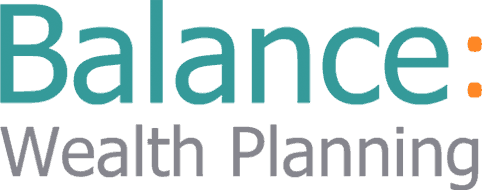
Retirement looks a lot different now than it did a decade ago, and there are bound to be more changes in the future. So, what does that mean for your retirement planning? Here’s your beginner’s guide to retirement planning to give you a helping hand.
We’re already aware that retirement in the modern world takes on a much different shape than the traditional image of hanging up your boots to enjoy your later years with your feet up in an armchair.
Advancements in technology and medicine have increased life expectancy, which means you’ve probably got more active years ahead of you in retirement than you’ve had at work – happy days! However, with that said, the amount you need to save for retirement and the likelihood of incurring healthcare costs increases simultaneously.
It’s not all doom and gloom though. It just means that you need to get the wheels in motion and start your retirement planning earlier.
What does retirement mean for you?
Before you can start planning for your retirement, you’ll need to take time to stop and think about your vision for the future.
For some, finishing work might be sudden. For others, it can be a gradual wind down. There’s no right or wrong way; it’s about deciding what is best for you and your plans.
Why is it important to start planning to retire early?
It’s a fact of life that things don’t always go to plan. Although there was an increasing number of over 55s in the workforce up until 2019, this trend has started to reverse. Recent research from LV= found that 3% of Britons aged 55 – 64 have taken early retirement due to the pandemic.
Their research also revealed that among non-retired adults, 59% were not confident they would have saved enough for a comfortable retirement, and 11% believed they would never be able to afford to retire.
So whilst more people are retiring earlier, and seemingly with less confidence, it highlights the importance of planning, and starting your retirement savings earlier. After all, your pension pot is the most effective savings account you can have. And it’s a tool you need to be actively taking advantage of to save enough for the retirement you want.
Ideally, you’ll want to start planning for your retirement in the ten years before you intend to retire. So, where do you start?
A beginner’s guide to retirement planning
Step 1: Understand when you can afford to retire
The key to a successful retirement is to know what you want and what you can afford.
You will need to establish how much you’ve saved so far, and what your retirement income is likely to be.
We suggest you:
- Check your State Pension forecast
- Find a recent statement from your pension schemes to see how much you’ve got, and what you’re likely to have by the time you retire
- Calculate your total savings and investments that could subsidise your pension income
- Visit the Pension Tracing Service to help you track down any old or lost pensions
Once you know your retirement income, you should look back at your expenditure over the past few years to gauge whether this is enough. Map out any trips of a lifetime, and pencil in any large purchases.
Not sure how much you’ll need to retire comfortably? The Retirement Living Standards will help you visualise how much your retirement might cost.
Step 2: Can you cut costs?
Maybe you’re well on your way to achieving the retirement you want. However, most people generally receive a lower income when they retire. If this applies to you, you’ll need to reassess your spending habits and identify areas where you could cut back on costs.
Of course, this means going back to the basics of drawing up a savings plan and following a budget that ensures you’re able to live comfortably for the rest of your life.
Step 3: Check you’re investing correctly
If you’re at a point in your life where retirement is on the horizon, it probably means that you’re reaching the end of the accumulation phase. Your savings and investments have had sufficient time to grow, and now you need to know what steps to take next to reduce risk before the time when you need it.
Welcome to the decumulation phase! At this point, you want to adapt your investment strategy. Now that doesn’t mean you need to completely de-risk, but as your objectives and circumstances have changed your investment strategy should adapt with it too.
Step 4: Understand your options
No two retirements are the same. There are lots of different retirement journeys and various retirement income options.
To name a few, you could:
- Carry on working and delay your pension to increase it
- Gradually reduce your hours and start taking a flexible income from your pension savings
- Stop work altogether and use a combination of your savings and a flexible drawdown, or buy an annuity to finance your retirement
But, it’s not always as straightforward as it may seem, so careful planning could save you time, stress and money in the long run.
Step 5: Build a step-by-step plan to take control of your financial future
Once you’ve decided the right path for you, you’ll need to make financial decisions along the way to help you stay on it, or alter your course should things change.
Our independent financial planners can help you on your journey to living the retirement dream and build a plan to support your financial future. Keeping the bigger picture in sight, our planners can offer expert pension advice and help with your retirement planning so that you can make smarter financial choices that align with your retirement goals.
If you have any questions or would like to discuss your finances or an existing financial plan, please don’t hesitate to get in touch and speak to one of our professional financial planners.

